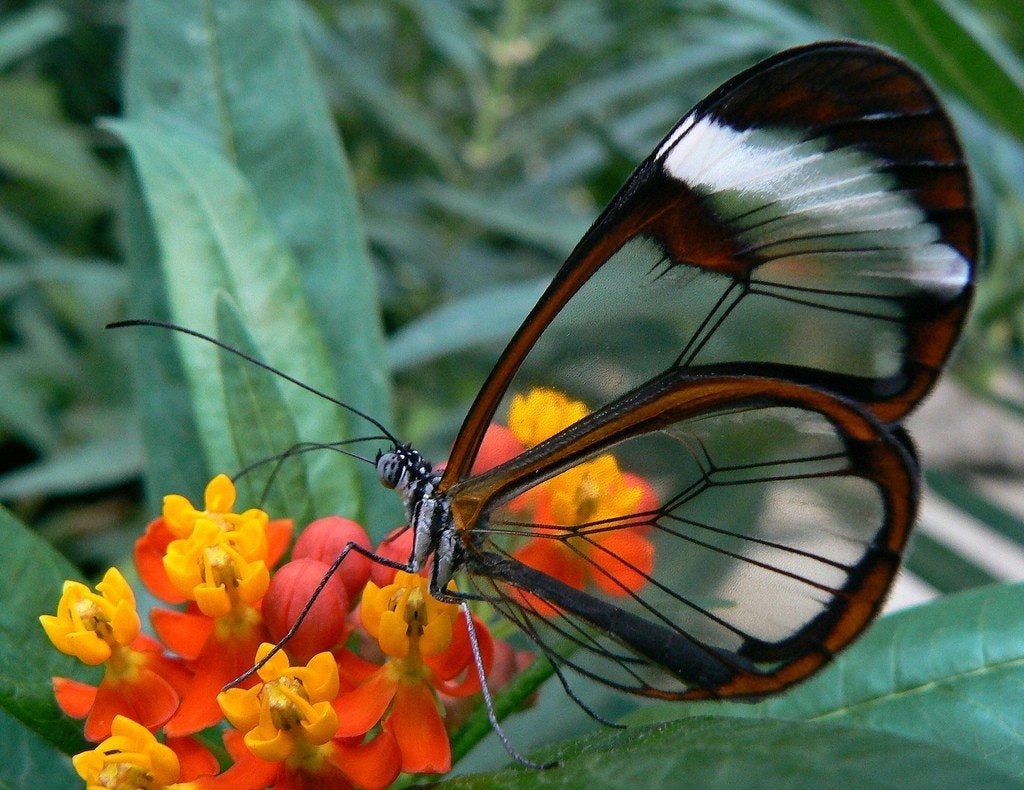Butterfly Garden Design: Tips For Attracting Butterflies In Gardens


The flittering, yellow and orange movement on the pink Echinacea flower in the distance outside my office window can only mean one thing. What a joy! The butterflies have finally arrived again. After a long (and very white) winter, there is not a more welcome sight than the soft, playful rhythms and alluring color patterns of the monarch or the painted lady butterfly on each open blossom. Attracting butterflies in gardens is easy to do with the right plants. Keep reading for info on how to attract butterflies to your garden.
Butterfly Garden Plants
The butterfly garden itself is a spectacular thing to behold as butterflies are attracted to some of the most striking flowers. Some of these common butterfly garden plants include:
Wonderfully fragrant choices to add to the butterfly garden design include the following:
When deciding on the best plants for your butterfly retreat, keep in mind that they enjoy feasting on a flower's nectar as well as using the plant's leaves for food as young caterpillars. For instance, the brilliant monarch butterfly will only feast on milkweed (Asclepias) as a caterpillar, while the swallowtail butterfly prefers the parsley plant. If you're unsure what types of butterflies are common to your backyard, a field guide to butterflies will come in handy. The guide should also describe what food, flowers, and habitat regional butterflies prefer at both the caterpillar and adult stages.
Tips for Butterfly Garden Design
In addition to food, butterflies need water and places to relax, just like we do. Be sure to keep some type of wet area for butterflies to drink from, be it a shallow mud puddle or a moist bucket of sand in the sun. If you water your lawn or garden beds every day, just make sure that some water lingers for them to drink from throughout the day. Butterflies also enjoy warming themselves on a sunny rock or other flat surface. Placing flat stones in butterfly gardens not only adds beauty and diversity to the landscape, but increases your chances of spotting these amazing creatures all day long! Wind is one problem that may arise in the garden and will drive all types of butterflies away. It's nearly impossible for butterflies to eat, drink, and relax when gusts of wind are threatening to whisk them away from their blossom filled with nectar. In order to avoid this trauma, be sure to plant your attractor flowers in a location protected from the wind. Even small gusts can be a problem for the tiny butterflies, so planting a hedgerow, erecting a fence, or installing trees to stop the wind from entering your garden site may be necessary. Planning the butterfly garden design to include all these components is essential, but above all, the use of pesticides and herbicides is strictly off limits. Your efforts to create a butterfly sanctuary will be to no avail if poisons are added to butterfly gardens or any place nearby. Organic gardening is perfect for nature and absolutely necessary in the butterfly habitat garden. More information on organic methods of weed control, fertilization, and pest control can be found in many books and websites. Before you know it, you'll be attracting butterflies of all sorts. Soon you will notice clouded sulfur, field crescent, fritillary, red and white admiral, and spring azure butterflies enjoying the garden you planted for them, so be sure to string up a hammock or place a garden bench nearby for hours of fluttering entertainment!
Sign up for the Gardening Know How newsletter today and receive a free copy of our e-book "How to Grow Delicious Tomatoes".

Arista Hageman is a writer for Gardening Know How who specializes in flower gardening.